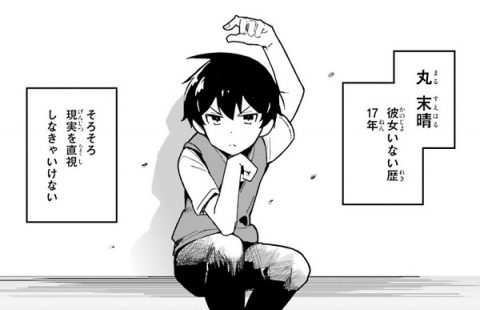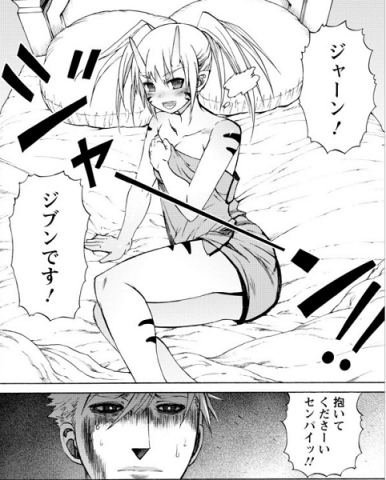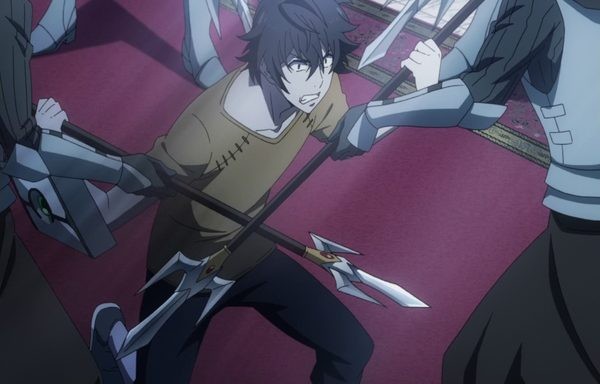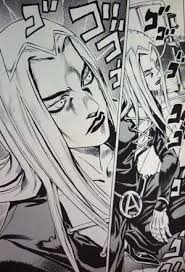"I Shaved. Then I Brought Home a High School Girl," which is set to be adapted into an anime this year, was originally a literary work published on Kakuyomu, and as such is packed with complex character psychology and themes. The work depicts a number of complex psychological aspects not typically seen in anime, such as the heroine Sayu's heavy past and the protagonist Yoshida's struggle with his sense of beauty as a man. In this article, I would like to analyze this work, focusing on its "literary qualities." It would be a shame to simply stare blankly at the cute characters, so be sure to check it out before watching the anime version.
Breaking Down the Themes of This Work

Now, let's begin analyzing the themes of this work. As it's based on a literary work, it's a work that contains extremely complex themes, so let's break it down into individual elements and characters.
A Place to Belong and Self-Affirmation

The main theme of this work is, frankly, Sayu's "place to belong and self-affirmation." While many works feature characters who run away from home and embark on a journey in search of their true place, this work doesn't simply settle into a story about a character who has lost their sense of self and embarks on a journey of self-discovery. Rather, it defines that place as "a place that affirms the self" and drives the story forward.
The Duality of the Theme

This kind of self-affirmation is extremely important for adolescent girls, and at the same time, it has the added benefit of incorporating the theme of "self-affirmation and children."
Questions Raised by This Film
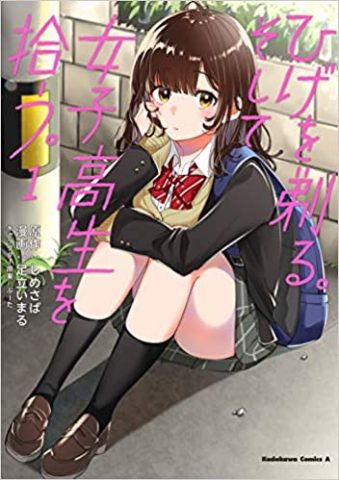
While this film is a typical story of self-discovery, it also raises the question of whether the self-affirmation necessary for children's development is becoming increasingly rare in modern society.
"Recognition from Others" for Children
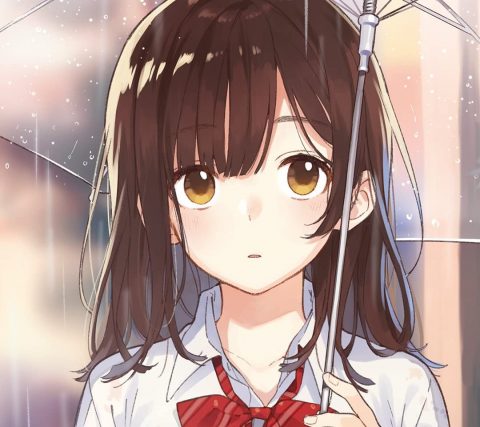
So, what exactly is the work's other theme, "self-affirmation"? The work explains that the most important thing for a child to grow into an adult is "to be recognized by others." For example, after Sayu ran away from home, she offered her body to many men, likely in exchange for a place to stay, in order to confirm her existence. This is why Yoshida Ka felt insecure when no significant demands were made of her.
Sharing is a Denial of Self
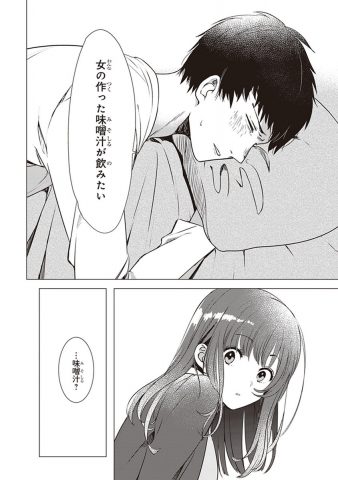
This suggests that Sayu has a fundamental desire to be acknowledged by others. Considering this, perhaps Yoshida's decision to provide a separate futon for Sayu rather than sleep in the same bed as her was a ritual to acknowledge her existence as a separate entity from his own?
The way her hosts have treated her up until now has not been an affirmation of her existence!?

The fact that Sayu has slept in the same bed as her host up until now means that the bed was never prepared for her in the first place. Sayu is merely parasitizing something that belongs to the host, and it is not her natural home. In other words, it shows that her previous hosts have not acknowledged her existence.
What Sayu is Missing
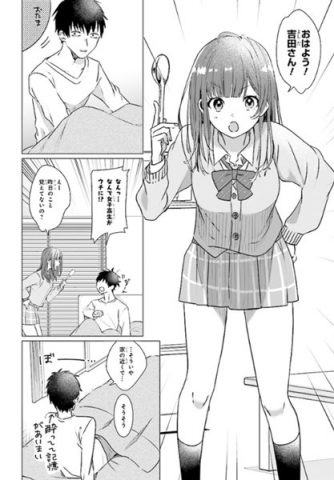
A detailed analysis of the film's depictions reveals that Sayu lacks "a place in her life and something that affirms her place in that life." The general flow of the film is that Yoshida fills in these gaps throughout the story.
Sayu and Yoshida's Growth
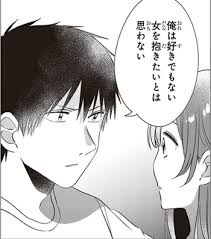
However, what's interesting about this work is that it's not just Sayu who is growing. Not only for Sayu, but also for Yoshida, who had been rejected by his senior after five years of pursuing him and had lost sight of himself, Sayu's presence was perhaps a "self-affirmation."
A Story of Sayu and Yoshida Complementing Each Other
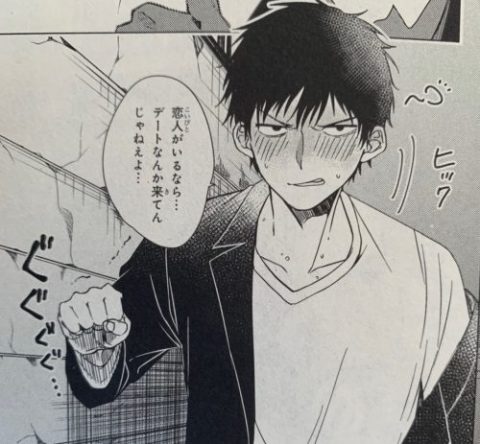
As such, Sayu and Yoshida, who appear in this work, lack someone who affirms them. Rather than the adult Yoshida unilaterally helping the child Sayu grow, the structure in which they complement each other is perhaps the greatest feature and what makes this work so great as a romance novel.
Modern Society and the Themes of This Work
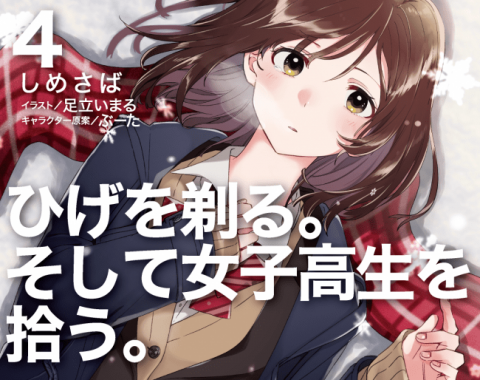
So, what message are these themes trying to convey to us? Here, I would like to further analyze this work's themes by applying them to the modern society in which we live.
Individualism and Modern Society
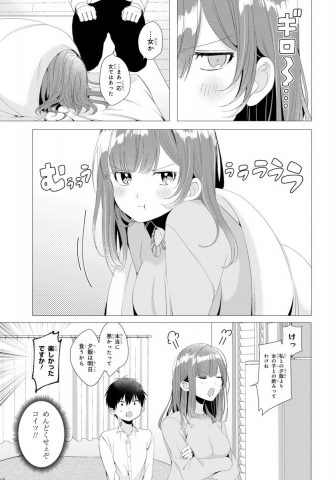
First, one trend in modern society is that "individualistic trends are becoming stronger than ever before." Individualism is the idea of "respecting the unique characteristics of each individual."
What are the problems with individualism and modern society?

To give a simple example, the spread of smartphones has led to a shift from an era of watching TV together as a family to an era of watching YouTube alone in one's room. In any case, modern society is characterized by the fact that advances in science and technology have shifted the focus from one device per household to one per person.
Is this a good thing for children?

However, this film asks us to consider whether creating an environment where each child is confined to their own world is actually good for them.
Parental Roles and Children's Ego
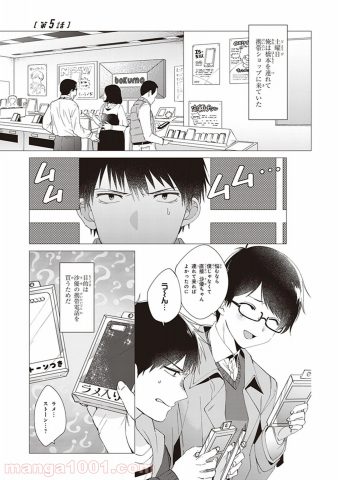
Acknowledging children's existence is not an easy task. While it is a parent's role to allow children to own their own possessions and encourage them to develop a sense of self, it is also important to help children recognize that they are "part of the family community," otherwise they will lose their sense of place, like Sayu. Striking a balance between "respecting the individual" and "creating a place for children" is what modern adults must do.
An Irregular Story: Female-Led
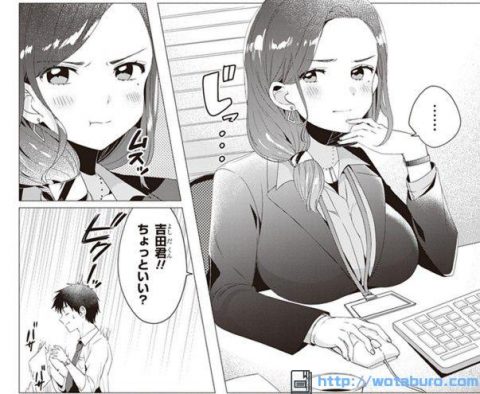
These themes are also educational, so they cannot be discussed without mentioning women. Perhaps this is why so many different types of women appear in this work?
The Appeal of This Work

As such, this work reveals the complex themes that, as is typical of literary works, become clearer the more you dig into them. The greatest appeal of this work lies in the way it skillfully conveys the author's never-one-sided message by assigning each character the responsibility they possess.
It's interesting to analyze other characters as well
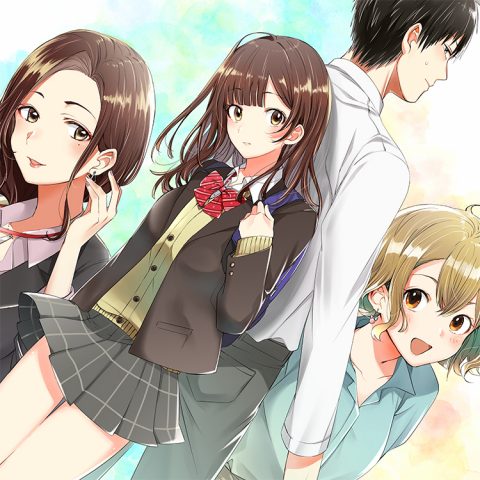
In the above analysis, we primarily analyzed Yoshida and Sayu to unravel the theme of this work. However, the theme can also be gleaned from characters other than Yoshida and Sayu. Here, I would like to introduce the individual themes that each character in this work carries.
Goto-senpai's "anxiety as an older person"
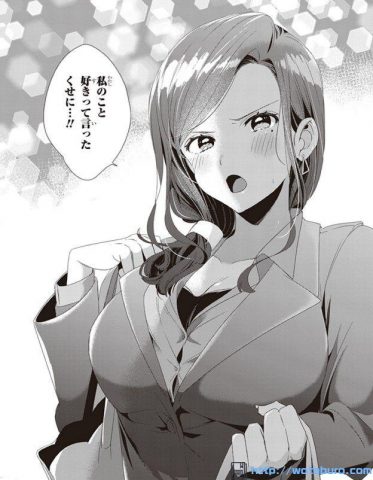
For example, analyzing Goto-senpai's behavior reveals his "fear of losing his position to younger women." His extreme wariness of Sayu, a high school girl, also reveals Goto-senpai's extreme fear of being overtaken by younger generations.
Humanity of the Character
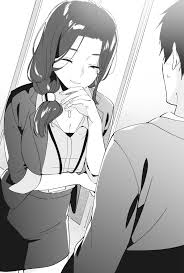
Even though Goto-senpai is someone Yoshida admires, depicting this ugly side of her character further enhances her humanity.
Mishima and "A Woman's Way of Life"
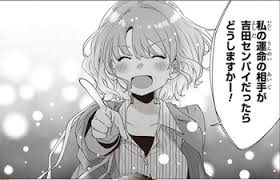
Speaking of younger women, there's another character besides Sayu who shouldn't be forgotten: Yoshida's junior colleague, Mishima. A closer analysis of Mishima's motivations reveals her unique way of life, known as "the way of life of a weak woman."
Contrasting the lifestyles of Mishima and Goto-senpai
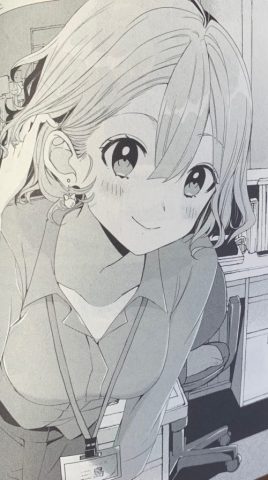
By deliberately appearing weak, Mishima encourages those around him to take action and get the job done, living the life "that Goto-senpai fears the most."
The Bargaining Between Goto-senpai and Sayu
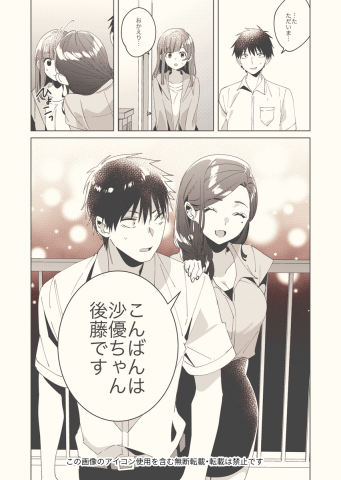
Goto-senpai's "feminine impatience" is particularly vividly portrayed in the series. In the scene where she first meets Sayu, if you look closely, it seems as if she's forcing a harsh reality on Sayu. Even in scenes like this where she seemingly does something good, a closer look reveals that Goto-senpai is unable to treat Sayu with equanimity.
Each Character's Role
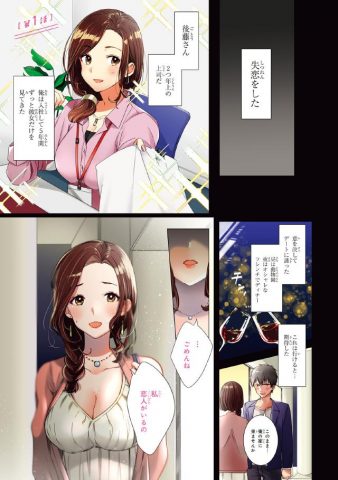
As such, each character in this work has a specific role to play, and their actions and personalities are determined solely to convey to the reader the themes of "Sayu's place in the world" and "the importance of self-affirmation for children." This is why, despite being a novel, the theme is easy to understand and can be adapted into various forms, such as manga and anime.
Summary
What did you think? This time, we analyzed the work's themes in relation to issues in modern society. Considering it was originally a literary work, there was an incredible amount of information. Of course, in addition to the themes introduced in this article, this work also contains many other themes and raises issues for modern society, so I encourage you to explore them for yourself.

